The twin isles of Ves Palu are the warm, pristine homes occupied by a large population of
rakuwan and other folk who have migrated from
Anvil and even
Orubia.
Whilst the larger island is named
Ves and the smaller one
Palu, generally they are always referred to as a whole. The capital city
Fijur is situated closer to the mainland which has better trade connections and tourism.
Ves Paluvian beaches are famous for their immaculate beauty, and the locals who live here are fiercely protective of them and clamp down
hefty fines for littering from the thousands of visiting traders and tourists who flock to their golden beaches.
The subtropical isles have beautiful scenery with forests and crumbling rocky hills that are home to quirky succulents and dusty coloured reptiles.
History & Horrors
The earliest records of settlers in Ves Palu dates as far back as
-442 in the Dark Age. Remains of these 1,000 year old structures are scarce but a diverse array of ornate tools have been preserved on display in the
Museum of Ves Paluvian History.
Ves Palu began its trading industry with fish, salt, spices, and pearls to the mainland of
Anvil and as demand grew for more goods, shipbuilders needed to improve the design of their boats to be faster, more efficient, and carry more cargo.
The hundreds of organic monoliths
(some singular, others arranged in circles of varying sizes) that dotted the landscape of the twinned islands were a deep part of Ves Paluvian culture and tradition, and were used as the site of anything from marriages, solstice celebrations, prayers, executions, or even sports.
The small town of
Kilne started the tradition of harvesting the stone-bark,
menhirwood from the monoliths and standing circles.
The stone-bark became a popular material that was carved into bowls, spoons, utensils and toys. When model boats were made for children, it was discovered that the menhirwood had
unique stabilising qualities when floating on water that made it ideal for shipmaking.
The discovery of menhirwood increased the value of this island tremendously and the
The Jolundrian Empire have been contesting the
Melopian Commonwealth for ownership of the region ever since, as menhirwood ships are a valuable naval asset.
After extensive harvesting of menhirwood, suppliers from
Kilne made a horrifying discovery.
The monoliths weren't rock formations.
They were
cocoons.
And they'd been waiting here for well over a thousand years for the time to finally hatch.
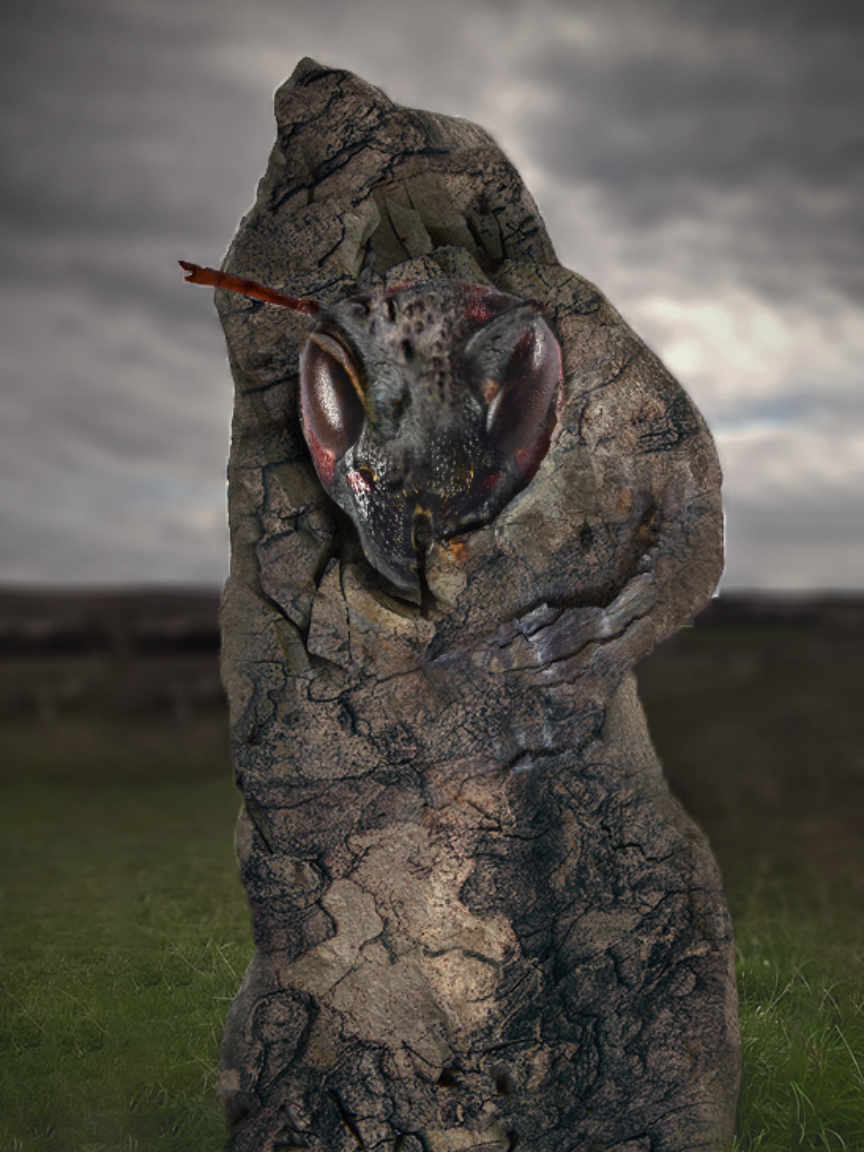
A Vosagon emerges from its cocoon by TJ Trewin
All harvesting of menhirwood
immediately stopped and a law was decreed to prevent further disruption to the
12ft tall reptilian-looking hornets that, so far, seemed to either be dormant or dead.
With the sudden halt in production, the demand for menhirwood soared. Exclusion zones were established around every monolith, and each were stationed day and night with guards to prevent the further gathering of materials.
With conflict between the Empire and Commonwealth rising, many operations continued in secret to illegally gather more menhirwood for fast coin during troubled times.
Little did they know that the troubled times were just ahead.
Impact of The Rupture
Fifty years ago, the cataclysmic events of
The Rupture shook the world and opened up
rifts to unknown realms in every corner of Melior. Riftbeasts wrought havoc upon the land, and
magic made its way into new soil.
It was upon this day that the
Vosagons awoke from their thousand-year slumber and broke free from the monoliths - angrily feasting on every living thing around them before hunting down the scent of menhirwood ships in the bay.
A few hundred Ves Paluvians survived, and only nineteen of the vosagons were slain before countless others flew overseas or through the rifts to other planes.
Many folk wonder what was the cause of the monoliths hatching: Was it the Rupture? Or did their peeling of the outer layers make it an easy escape for these imprisoned nightmares?
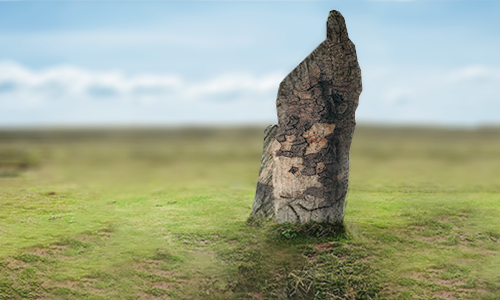

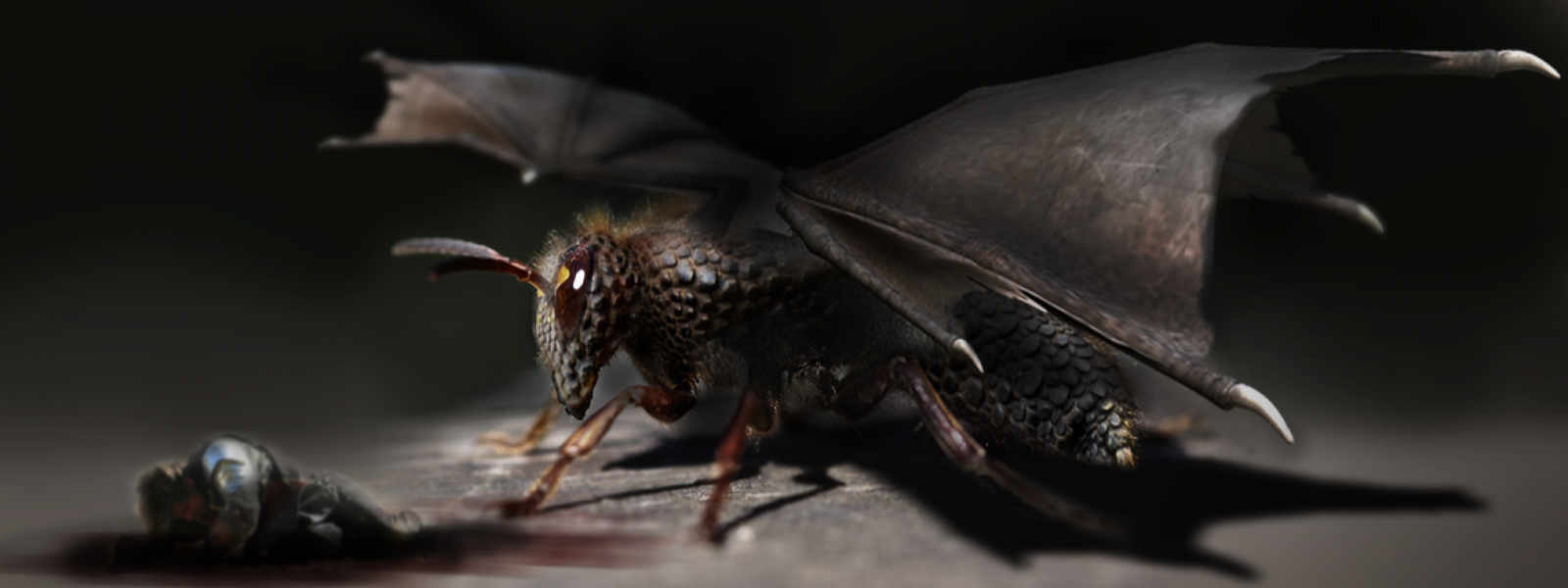





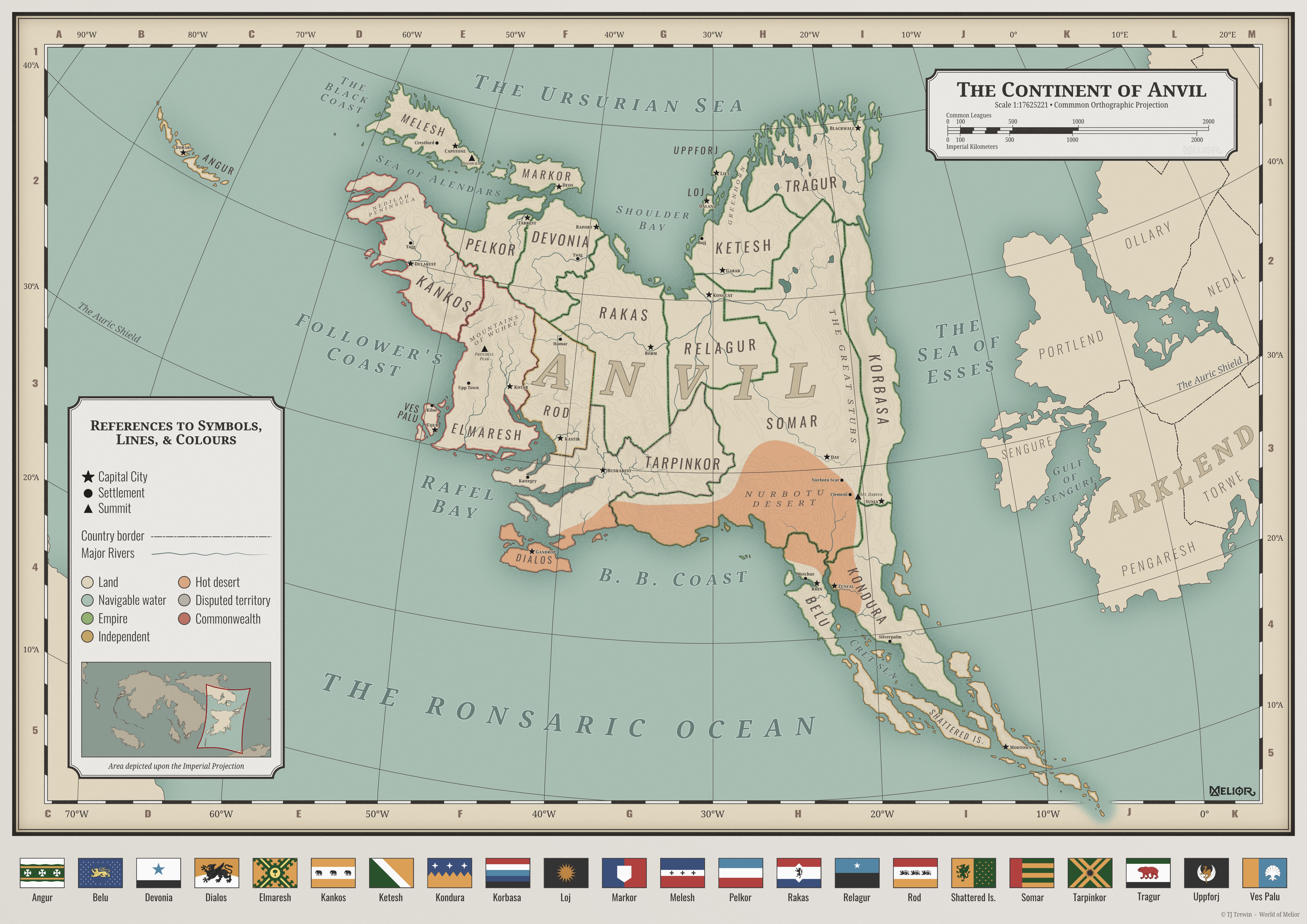

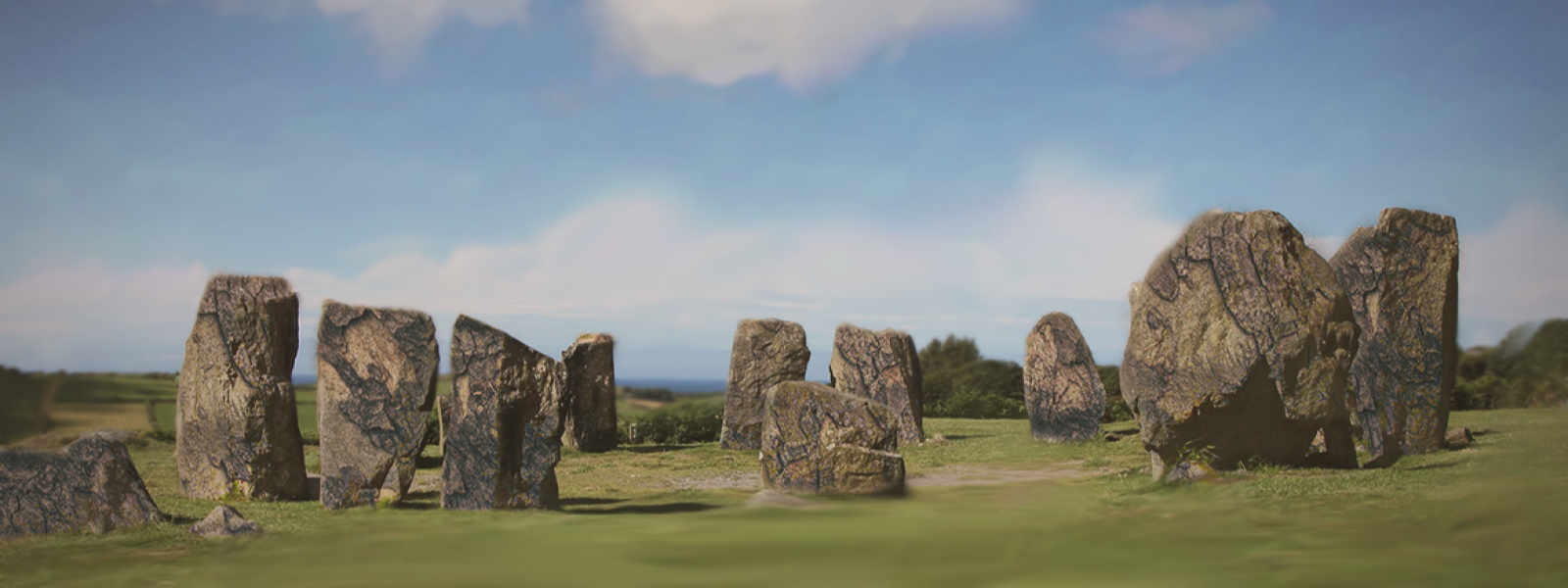























I need to read moar about the Vosagons.
Cool reads: Reaching the Meeraz | University of Delavar | Meeraz Morrow | Catoblepon's rambles